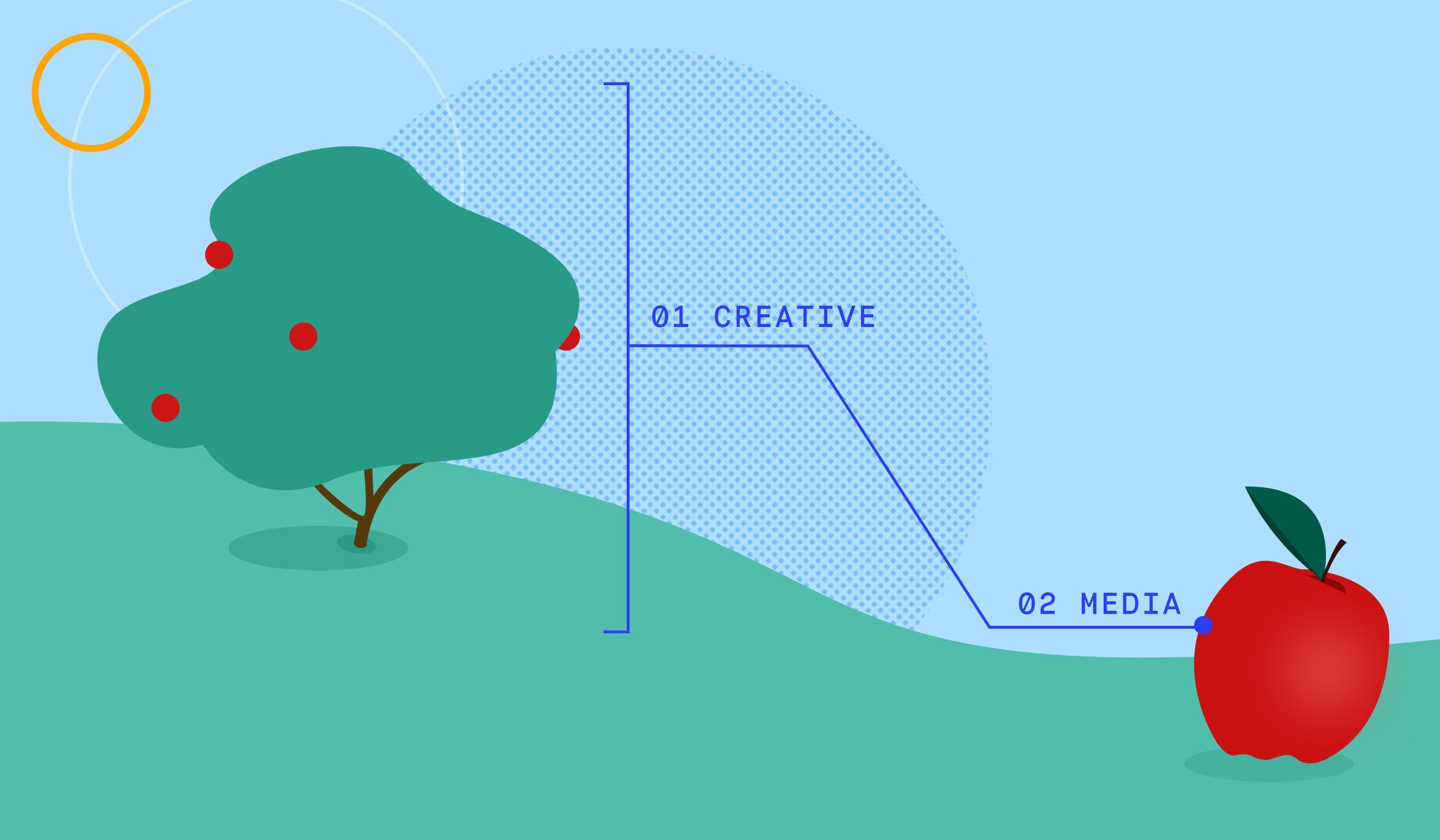Advertising in the Entertainment Industry: How VidMob Can Further Support Growth
As a trailblazing company creating the field of Intelligent Creative, it is important that VidMob keeps moving forward. There are always more...
3 min read
Alex Collmer : May 20, 2020 6:00:35 AM

In the late 90’s, just as the internet was ascending to prominence and setting the stage for today’s data-driven marketing landscape, agencies decided it was the perfect time to split the creative and media specialties into separate operating units. The Great Unbundling, as it came to be known, made a lot of sense for agency shareholders, as it isolated the high-margin media buying businesses and set the stage for today’s oligopolistic holding company model.
But it never made much sense for marketers.
And it makes even less sense in today’s world, where highly-informative data begins streaming back within seconds of the launch of a new piece of creative on most major digital channels.
The last few years have seen many forward-thinking brands recognize what was broken in the old model and, more importantly, the enormous opportunity for those that take steps to fix it.
There are many stats here. Google says creative is responsible for 70% of performance. We’ve heard some brands use higher numbers.
While amazing technology was built and/or acquired on the media side of the things, very little changed on the creative side of the equation. It’s time for a software layer to bring one of the most important aspects of enterprise operations into the modern era. You wouldn’t even consider running a global sales organization without a software platform like Salesforce. Why would you attempt to do so for something way more complex like creative?
There’s a reason the aviation industry didn’t decide to pursue its own Great Unbundling and separate pilots from instrumentation. Instruments provide information on changes in weather conditions, conflicting air traffic, fuel levels, etc., and pilots make changes based on that information. This seems so obvious that frankly I feel silly writing it. So why would an entire industry think it makes sense to not change the one thing that matters most (per the first bullet above) throughout a campaign, as valuable data streams back telling you point blank how to make it better?

When the right software systems are in place to use technology as a bridge to connect media and creative, a marketer can easily and efficiently improve their creative based on data. We call this Smart Creative. And across hundreds of engagements with global marketers last year, we saw this software assisted approach to creativity improve client KPIs by almost double—yes, that’s right, 2x.

These are the table stakes driving the digital transformation of marketing operations: efficiency, agility, intelligence, and provable results. But, as is so often the case with the adoption of modern technology solutions, there are ancillary benefits as well. And a few of them are particularly relevant in today’s COVID-influenced world:
Sadly, it looks likely that we will all need to be prepared to work productively without necessarily being physically together for some time now. Luckily, this is entirely doable. In fact, VidMob has always operated this way, so it’s nothing new for our clients.
One of the most common things we hear today is how uncertain people are about the future. They do not know what their business needs will be next week, next month, 6 months, or a year from now. It is possible vaccine development will continue to trend in a positive direction and things will come roaring back in the 2nd half of this year. It’s also possible that this does not happen, and the world remains dramatically altered into 2021 and beyond. Given this unprecedented level of uncertainty, businesses need a solution that can scale up to levels of content creation potentially even exceeding historical highs or down to zero. This model is essentially impossible with retained resources at traditional agencies and is equally impossible with in-house solutions.
But software platforms can provide this flexibility with ease.
It’s time to get back to thinking about what’s good for clients, and correct advertising’s original sin of separating creative and media. And if the software required to do it also helps position companies to operate better in today’s uncertain times AND the new world post-COVID, then that would be one small bit of good news at a time when it’s so sorely needed by us all.

As a trailblazing company creating the field of Intelligent Creative, it is important that VidMob keeps moving forward. There are always more...

It’s (almost) the most wonderful time of the year – for us in creative advertising! Advertising Week New York will take New York City by storm...

As we ramp up for Advertising Week Europe, we sat down with our two fireside chat speakers, esteemed client, Matt Cosad, Head of Data & Analytics at...